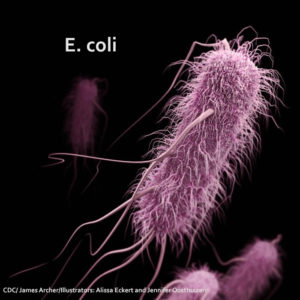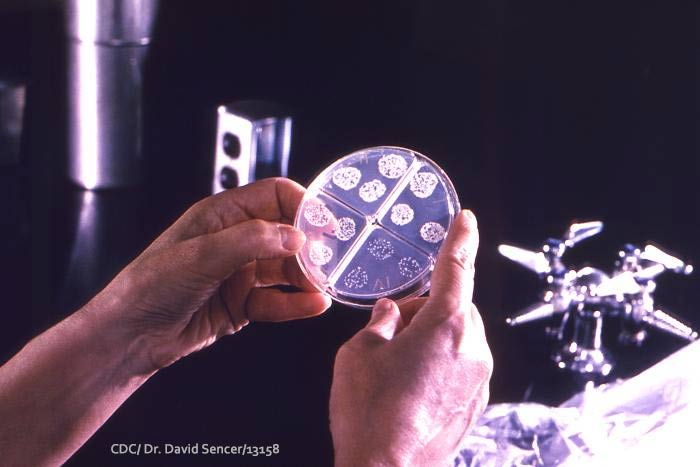How Do We Identify the Source of E. coli O157:H7 Poisoning?

The ground beef you eat in hamburgers, meatloaf, pasta sauce and other dishes consists of a mix of meat products and fat assembled and fabricated at various points along the chain of product distribution.
These ingredients may come from hundreds or even thousands of different animals produced by different suppliers from different regions of the country. The conditions under which they are produced, stored, shipped, and packaged are varied as well.
Identifying the Company Responsible for the E. coli Contamination
This causes a huge problem when ground beef is adulterated with E. coli O157:H7: how do you trace back to the point where the ingredient contaminated with E. coli O157:H7 bacteria entered the chain?
If you’ve been sickened or a loved one has died as a result of E. coli O157:H7 infection, this is a critical issue. How do you identify the company that caused this horrible suffering and hold it accountable if you can’t find out which ingredient was adulterated?
Analysis of Traceback Investigation
Our job as food safety lawyers representing victims of E. coli O157:H7 poisoning includes “tracing back” the consumed product to the party or parties responsible for the adulteration. This is a highly technical search that only the most experienced lawyers are capable of performing.
It begins with analysis of records of the traceback investigation performed by the federal and state agencies charged with investigating outbreaks of E. coli poisoning. An example of these highly complex procedures may be found here: FSIS Traceback Methodology.
We obtain the results of these traceback investigations from the government agencies through a Freedom of Information request. In addition, we request thousands or even hundreds of thousands of records from the companies in the product supply chain, which often are not obtained by the government agencies during the initial investigation. We then computerize and analyze each record and provide pertinent copies to our experts including epidemiologists, food sanitarians, and regulatory affairs specialists.
The result of this massive undertaking is proof of the source of the contamination, accountability for the wrongdoer, and just compensation for our clients.
